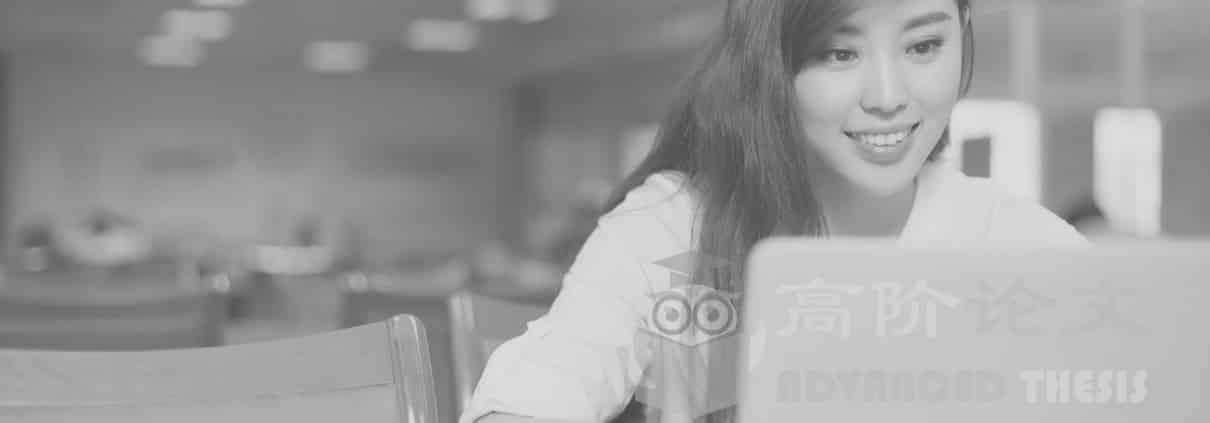论文代写:毕加索作品中的立体主义
论文代写:毕加索作品中的立体主义。立体主义是20世纪早期的一种艺术运动,当时的艺术家通过让空间围绕物体的表征流动,采用了一种更开放的事物可视化形式(the art Story, 2017)。这是一场从文艺复兴时期以来一直占主导地位的艺术视角风格的运动。从不同角度描绘的物体构成了立体主义的主要方面。毕加索是立体主义的共同创造者之一,论文代写将对毕加索作品中的立体主义进行以下分析。
巴勃罗·毕加索1881年出生于西班牙。他作为艺术家在西班牙生活,后来在法国生活,创作了两万多幅油画、素描和雕塑。他的艺术作品包含了广泛的风格,他是为数不多的艺术家之一,设法有一个全面的记录他的艺术作品和发展(PabloPicasso, 2009)。他的艺术生涯开始于他年轻时的现实主义手法和艺术作品的象征主义影响。后来在法国,他把现代主义融入到他的艺术作品中,在一个饥饿的艺术家的岁月里,他发展了单色的阴郁绘画。他的一些作品,如《生活》,描绘了他当时对生活的悲观看法。这个时期被称为蓝色时期,从1901年到1904年(PabloPicasso, 2009)。后来在玫瑰时期(1904-1906),他创作了更加欢快的艺术作品。他在作品中使用了橙色和粉色的色调,《格特鲁德·斯坦因的肖像》就是这一时期的代表作之一。在1907-1909年的后期,毕加索探索了艺术家保罗·塞尚的成就,并通过他了解了对人体的程式化处理。这被称为非洲时期。
非洲的影响是毕加索走向立体主义的原因。在受到对人物的风格化处理的启发后,毕加索创作了《阿维尼翁的少女》。这幅画是关于五个裸体女人的。这些人物以扁平的分裂方式组成,面部看起来像是非洲面具和伊比利亚面具文化的混合。女性的身体以一种扭曲的方式呈现,它的形状也是几何的(Foster et al., 2012)。传统艺术的形式和表现在这里完全被抛弃了。在这幅画中可以看到一种原始主义,视角被换成了二维平面。这被认为是一件非常创新的艺术作品,毕加索自己也觉得这把他从更经典的技术中解放出来,他在法国工作时受到了影响。这些绘画形式后来成为立体派的趋势。
立体派早期的许多艺术作品都探索了类似的风格:尖锐的人物和物体,在一端与背景混合,在另一端显示出投影的表面。立体主义者的工作角度和对象与风格化的人在上下文。现代世界的空间、运动和时间都在变化,其影响在立体主义中被观察到。抽象、简化和风格化的人体表征曾给毕加索带来灵感,也启发了立体派(Cooper, 1971)。
毕加索对立体主义的直接影响来自于1907年他在《阿维尼翁的少女》中的作品。这部作品对人体进行彻底扭曲的风格与经典手法形成了鲜明对比(Chave, 1994)。碎片化、几何平面、柔和的色彩等被认为影响了布拉克等艺术家。布拉克受到毕加索作品的启发,他在20世纪初创作了山水画,直接受到毕加索作品的影响。埃斯塔克的房子以柔和的立方体形式呈现树木和山脉,被法国评论家路易斯·沃克斯塞尔称为“奇异的立方体”。十九世纪的毕加索对立体主义的影响是多方面的。古代和部落艺术形式挑战了文艺复兴艺术的传统(Galenson & Weinberg, 2001)。在立体主义的第二种形式合成立体主义中,色彩变得很重要。没有绘画的物体和有颜色的物体被做成了拼贴画。毕加索给主流绘画手法注入了激进而富有挑战性的思想,开创了立体主义的新趋势。
Pablo Picasso was born in Spain in the year 1881. He lived his life as an artist in Spain and later in France and has created more than 20,000 paintings, drawings and sculptures. His art works encompassed a wide range of styles and he is only one of very few artists that had managed to have a comprehensive record of his art work and developments (PabloPicasso, 2009). He started his art with the realism technique and the symbolist influences of artwork in his young age. Later in France, he incorporated modernism in his art works and in the years of a starving artist, he developed sombre paintings in monochromatic shades. Some of his works like La Vie portray the gloomy outlook he had on life at that time. This time period is called the Blue period, lasting from 1901-1904 (PabloPicasso, 2009). Later in the Rose Period (1904-1906) he developed art works that were more cheerful. He made use of orange and pink hues in his work, and the Portrait of Gertrude Stein is one of the exemplars of this time. In the later years from 1907-1909, Picasso explored the achievements of artist Paul Cezanne and through him came to understand stylized treatments of the human body. This is called the African period.
African influence was what led Picasso to Cubism. After getting inspired by the stylized treatments of the human figure, Picasso created the Les Demoiselles d’Avignon. The painting was about five naked women. The figures were composed in a flat splintered way and the faces appeared like a mix of African masks and Iberian masks culture. The female body is presented in a distorted way, and it was geometric in its shape as well (Foster et al., 2012). Form and representation of traditional art were totally abandoned here. A primitivism is seen in the picture and perspective was traded for a two-dimensional plane. It was considered a very innovative work of art and Picasso himself felt that it liberated him from the more classic techniques that he was influenced into working in France. These forms of paintings later came to set the trend for Cubism.
Much of the early art work of the Cubists explored similar styles of piercing figures and objects that blended with the background at one end and showed a projective surface at the others. Cubists worked with angles and objects with stylized humans in context. Space, movement and time in the modern world were changing and its effects were observed in cubism. Abstract, simplified and stylized representations of the human body that had inspired Pablo Picasso were also an inspiration for the Cubists (Cooper, 1971).
Picasso’s direct influence on Cubism is from his work in the Les Demoiselles d’ Avignon in 1907. The work’s style of radical distortion of humans was a sharp contrast from the classical techniques (Chave, 1994). Fragmented, geometric planes, subdued colors and more were seen to be an influence on artists like Braque. Braque was inspired by Picasso’s work and he created landscape paintings in the beginning of the twentieth century as a direct influence form Picasso’s work. The House at L’Estaque with trees and mountains in subdued forms of cubes was named by French critic Louis Vauxcelles as the “bizarreries cubiques’. A mix of influences was projected on Cubism by Pablo Picasso from the nineteenth century. Archaic and tribal art forms challenged the conventions of renaissance art (Galenson & Weinberg, 2001). In the second form of cubism called synthetic cubism color become important. Non-painted objects and colored objects were made into a collage. Picasso gave radical and challenging ideas to the main stream techniques and created a new trend in cubism.
以上内容就是论文代写专家对毕加索作品中立体主义的分析。如果同学们没有足够的时间来完成英语论文与作业,论文代写推荐选择美国论文代写AdvancedThesis服务平台。因为其服务公司拥有专业资质的英语论文代写专家团队,保障论文原创质量与合理的论文代写价格,并使用权威的抄袭检测系统,让留学生们轻松应对英语论文写作并创作出专属个人的优秀论文!除此之外,还为留学生提供专业的assignment代写、毕业论文代写、essay代写等服务!








